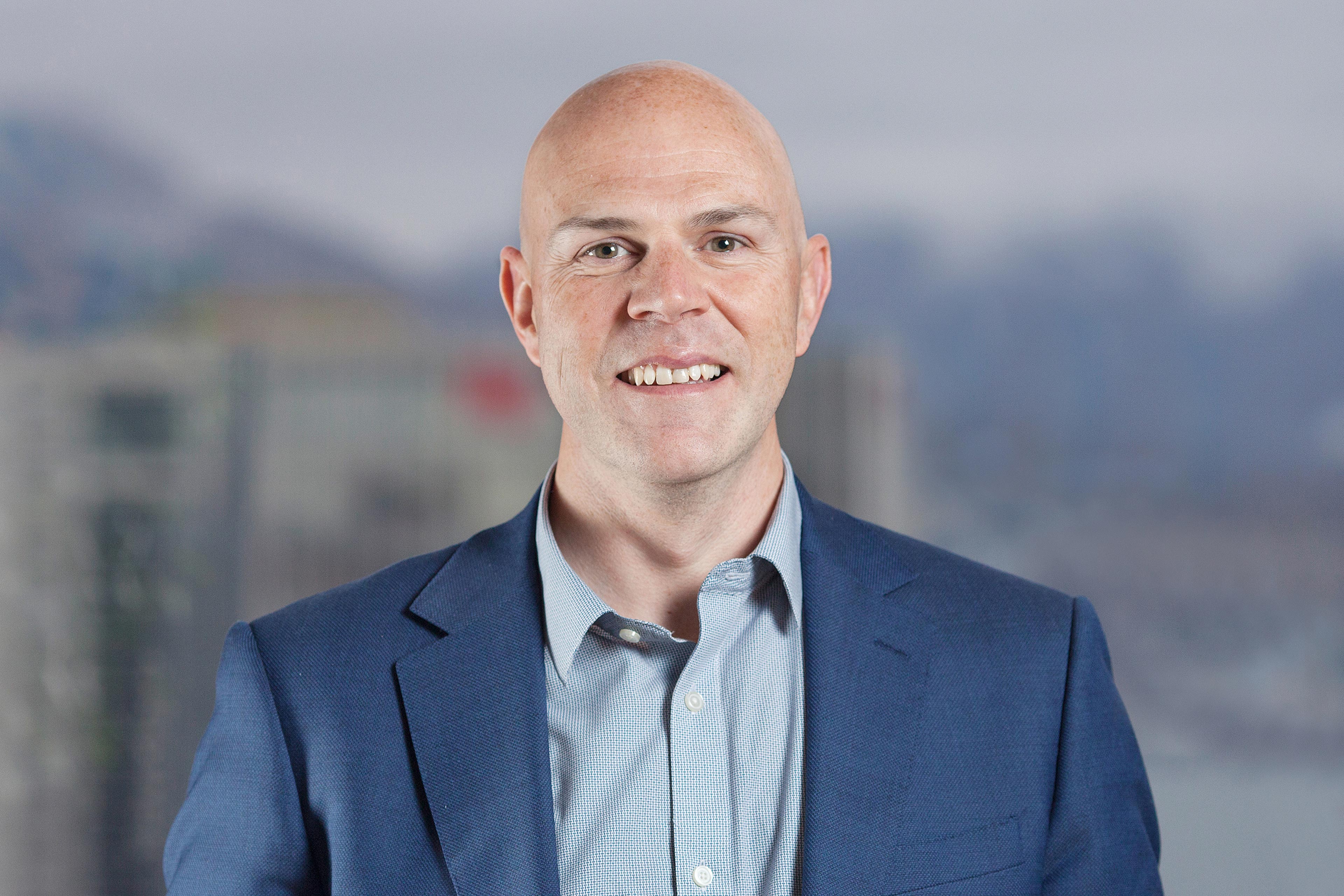EY refers to the global organization, and may refer to one or more, of the member firms of Ernst & Young Global Limited, each of which is a separate legal entity. Ernst & Young Global Limited, a UK company limited by guarantee, does not provide services to clients.

Scenario planning informed by collective intelligence should be a core component of your business revival strategy. This approach allows you to leverage what you know, while analyzing where you currently stand - before making any future decisions.
- Understanding which recovery levers to focus on is key.
- Equally important, your tactics must be supported by data and tailored to your specific environment.
- Building agility into your operating structure will allow you to go further, faster.
The talent of the strategist is to identify the decisive point and to concentrate everything on it, removing forces from secondary fronts and ignoring lesser objectives.
Time is fleeting. The last year has shown us just how quickly things can change. Put that in the business context, and organizations everywhere are feeling a very real push-pull between the need to analyze and the pressure to act. Finding the right balance point between the two is now absolutely critical to mobilizing your revival plan.
Robust scenario planning informed by collective intelligence needs to form the backbone of your business revival strategy. This methodical, data-driven approach means leveraging what you know and analyzing where you stand before deciding what to do next. It’s a powerful combination, capable of delivering the kind of clarity you need to make decisions with certainty as the market shifts beneath our feet.
The thing is, you must be capable of acting on the insights gained from collective and diverse intelligence to inform your scenario planning in a timely way if you’re going to employ the findings, prioritize activities and pivot to meet ever-changing needs. The market continues to change far too quickly for traditional planning cycles to work effectively. Kick-starting your own recovery, and mobilizing your organization’s revival plan, requires a clear execution strategy that’s grounded in agility.
How do you build on that foundation to bridge scenarios that make sense into actions that make an impact? Design a results-oriented framework that systematically prioritizes the levers to pull, clearly defines actionable strategies to act on, and bakes agility into the process to govern the execution.
Identify the key business challenges by focusing on the right recovery levers.
Mobilizing your business for revival isn’t about boiling the ocean. As you plan for different futures, you need clear priorities to concentrate on. Challenges will look different for every industry and organization, which means the recovery lever you pull first should be specific to your unique situation. Which fronts should you consider? Decode your customers’ needs, transform your business operations and manage risks due to unknown and known changes in the short and long term.
Last year, we helped a government agency struggling to deliver remote services identify their top two priorities to maintain available services while protecting employees. Working collaboratively, we landed on a persistent breakdown in processes (caused by the overnight shift to virtual work) and the pressing need to ramp up security controls as demand for online services surged.
On the flipside, a large Canadian retailer we worked with over the same period was struggling in the face of declining revenues and was seeking ways to reduce costs and realize efficiencies stemming from a lack of in-store foot traffic (while coping with a seriously disrupted supply chain). In that case, we identified a different top priority: the need to rationalize costs from some of the back-end operations and realize efficiencies through the automation of manual and repetitive tasks that were impacting the organization’s bottom line.
In both these examples, success began by zeroing in on the challenge and then identifying the most urgent need for action. That’s true for any business looking at revival mobilization. It starts by getting the right people around the table to define top challenges in the context of different probable futures. It moves forward by quickly grouping challenges into priority levers. Most organizations are under attack, fighting simultaneous battles on multiple fronts (from return to work and supply chain disruption to declining revenues). That requires us to concentrate efforts and resources in the areas of strategic value that are at risk (e.g., keeping employees and customers safe, controlling costs, etc.) As Clausewitz would argue, strategy is about deciding what we will not do because “every new thing we choose to do subtracts effort from everything else.”
Build an actionable execution framework to meet priority challenges head on and mobilize with agility. No two revival frameworks will look exactly the same, and that’s okay. The government agency and the national retailer will have very different approaches. The former built theirs around a new access solution for scalability and reliability of service delivery going forward. The latter developed a benchmarking assessment to evaluate costs and allocate resources for the finance function to roll out immediately. Both assessed the organization’s needs to determine which pressing issues must be addressed immediately to get the business back on track.
There’s no wrong way to move forward — as long as the tactics you outline are backed by robust data and tailored to the specific nuances your business and key stakeholders are facing here and now. Equally important Is the ability to mobilize with agility. There’s no point in having timely data informing what you do if your organization is unable to act on it.
Establish that your operating structure is grounded in a flexible and responsive governance structure. What gets measured gets done, especially when you’re moving at the speed of light. Forming a dedicated steering committee to serve as the source of truth for rapid decision-making can help you govern execution. It enables you to track progress, spot trouble and adjust course in near real-time. That’s agility.
Establishing a tactical task force, like a “revival SWAT team,” involving a cross-functional diverse group of specialists (from the executive and operational levels) committed to planning, executing and monitoring the overall revival strategy in light of evolving market dynamics can take that agility to the next level.
Revival mobilization is a way of planning, executing and monitoring strategies designed to help revise a business as we transition into the new normal and the economy shifts into recovery mode. It’s a multifaceted approach that requires a laser focus on priority opportunities and challenges, actionable execution plans and agile governance to make sure you’re doubling down on the right priorities at the right time. Above all, it’s a concrete step towards defining the future you hope to create here, now, today.
In our next piece of this five-part blog series, my colleague Anthony Rjeily will dive into transformation beyond COVID-19 by looking at how organizations apply the lessons learned from revival mobilization and internalize them as a springboard to reinventing their business.
Could this new way of problem-solving fuel the future shape of your business? We think so.
Summary
Revival mobilization is a structured, data-driven, results-oriented agile approach. It’s designed to help design-makers understand the market environment and determine which growth levers to pull to accelerate recovery and activate a tactical action plan, in order to mobilize the workforce as businesses restart operations and transition into a new normal.
Related articles
AI: the new frontier for scenario planning
Embracing uncertainty means planning many plausible future scenarios and recovery paths –build the agility to navigate today’s unknown.




